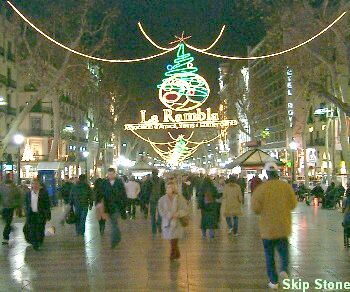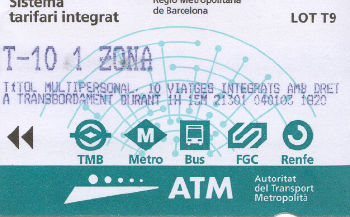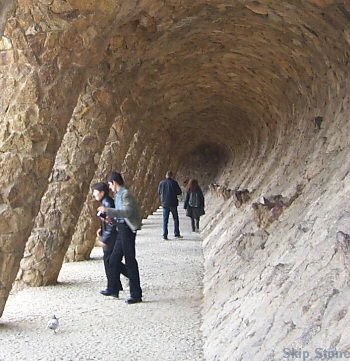Emergencies:
Medical emergencies 061
General emergencies 112
Fire service 080
Guàrdia Urbana (local police) 092
Mossos d’Esquadra Catalan police force
Emergencies and traffic accidents 088
Policía Nacional 091
Guardia Civil police force 062
Hospital General de la Vall d’Hebron 93 274 61 00
Hospital Clínic i Provincial 93 227 54 00
Hospital de la Santa Creu i Sant Pau 93 291 91 91
Hospital del Mar 93 248 90 11/10
Hospital Sant Joan de Deu 93 253 21 00
Duty Magistrates’ Courts (24-hours services) 93 567 31 40
Funeral Services 93 484 17 00
Round-the clock social care office 900 703 030
Office for Non-Discrimination 93 304 31 18
Telegrams by telephone 93 322 20 00
Taxis (Audiotex telephone) catalalan: 93 481 00 85
castilian: 93 481 10 85
Special taxis for people with reduced mobility) 93 420 80 88
Veterinary surgeons (24-hours services) 93 205 31 16
Information on duty pharmacies 93 481 00 60
Medicines. Night home delivery
(only for suscribers) 93 218 88 88


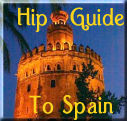
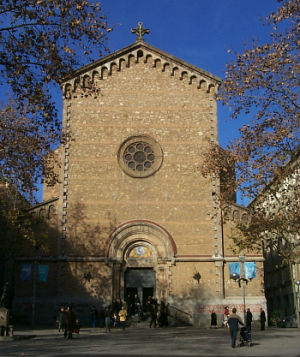
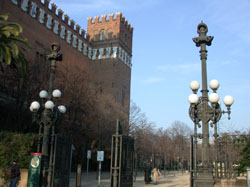
 The natives of Barcelona are Catalan, meaning they live in the Catalunya region of Spain. Like the Basques they feel they are not Spanish and don’t really want to be a part of Spain. This is because Spain has not been kind to the Catalan people, conquering and dominating them for hundreds of years.
The natives of Barcelona are Catalan, meaning they live in the Catalunya region of Spain. Like the Basques they feel they are not Spanish and don’t really want to be a part of Spain. This is because Spain has not been kind to the Catalan people, conquering and dominating them for hundreds of years.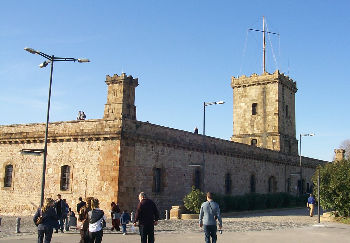
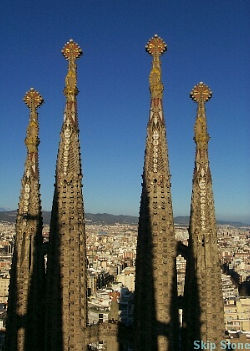
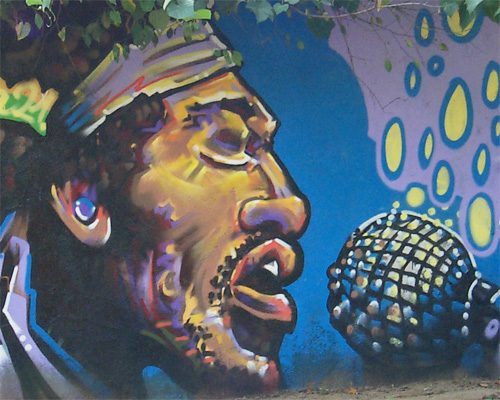 Barcelona has always supported the arts, in a big way. Art galleries, museums, monuments can all be found flourishing in this cosmopolitan city. In addition to these publicly and privately funded works and institutions, there’s also a thriving street art scene.
Barcelona has always supported the arts, in a big way. Art galleries, museums, monuments can all be found flourishing in this cosmopolitan city. In addition to these publicly and privately funded works and institutions, there’s also a thriving street art scene.